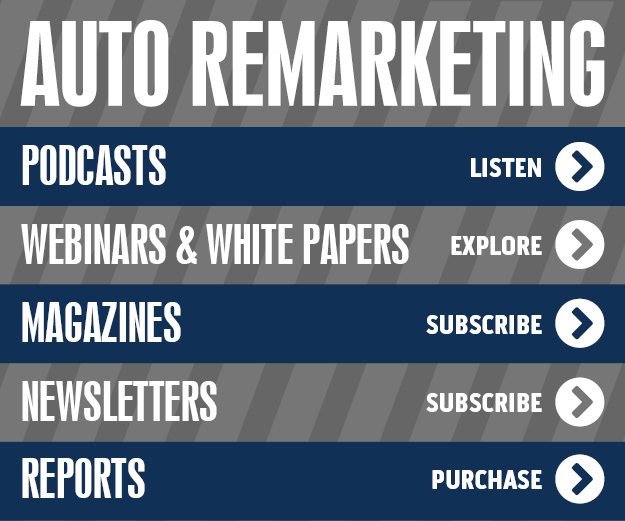COMMENTARY: Love is in the air, but is it real?

In our industry, the hardest thing to do is to remember what it’s like to be a consumer. Remembering what it feels like buying a car.
We are in the business — and so the American dream becomes just a stock number and a stat to many of us.
Buying a car is supposed to be fun, a moment to remember. Everything from a shopper’s first car to their last car and everything in between.
What was the first car you bought for yourself? Not the hand-me-down, but the first one you bought with your own money. Was it a hardtop or a convertible? A coupe, sedan, pickup truck or SUV? What color was it? What color interior did it have? Was the upholstery vinyl, cloth. leather? How many miles were on it, or did you buy it new? Why did you buy it?
See — you remember! — and how long ago was that?
Now, somewhere along the way, you’ve turned vehicles into your job. It’s become just like the view out your front window that you’ve gotten used to and don’t see the details anymore. You went from each individual car being unique to feeling like they’re all the same.
Let’s be a customer for a moment:
According to the United States Census Bureau:
- The average salary for an individual worker is $65,470. That means a take-home (66%) of approximately $43,000.
According to NADA:
- The average new car selling price is $47,278.
- The average car payment is $734 a month.
Question: If a new car costs more than your yearly take-home pay, wouldn’t you be nervous and a little anxious?
So now, let’s see how this math works into our overall question about love. Is that love real — or imagined?
How does a dealer show love to a consumer? Not only for this next purchase, but more important, to get them to be a repeat customer? How do dealers get those consumers coming back — not only for sales, but also for service and trade-ins? How does the dealer become more than a sales stop for this consumer?
We need to look at some areas that may need to be adjusted:
Sales process: Today’s consumers spend, on average, 14 hours conducting research. Online sites now give them the information they used to receive at the dealership: Best price, trade-in evaluation, down payment and total payment. The sales process today needs to start where the customer left their online research — and not at Step 1 in a 10-step sales process.
Online sales: Total online sales (completed 100%) is at 7% of sales, NADA says. At the height of COVID it peaked at 13%. This is because customers prefer going to the dealer and being able to touch and feel the vehicles they’re considering. They also prefer to talk to someone face-to-face. Remember: This is one of their biggest purchases in their lifetime.
Why should they trust dealers enough to buy online when they keep experiencing frustrations:
- They can’t get anyone to answer the phone.
- They can’t get a response online from a real person; the responses are either automated or from some outside vendor.
- The dealership’s website says there’s better pricing available elsewhere ( “unlock today’s best price”).
- Our BDC is incentivized to sell rather than answer consumer questions.
Trade-in process: Trade-in values have been made widely available from several sources, including your website and every listing site you use. To believe the customer stills has no idea what their trade is worth so dealers should try to “steal it” is a huge mistake. In fact, this is the No. 1 place dealers can lose their car deal.
Remember, 70% of a new car customers have a trade. Dealers today need to maximize their inventory acquisition opportunities. Traditional trade appraisals where customers aren’t involved in the evaluation process not only perform poorly, but they hurt sales.
The best trade process includes having the customer sell the vehicle to the appraiser, rather than the appraiser trying to buy the car from the consumer, using techniques like “silent walk around” to devalue the trade.
Service process: Don’t let consumers feel like they’re just another customer to getting their vehicle serviced:
- Do they get preferential treatment for scheduling and pricing?
- Are they recognized as a loyal customer when they arrive for service?
- Are they being welcomed back by the sales department?
Look for ways to demonstrate love for consumers in every one of your departments. Make that your best chance for future success.
–Just The Fax
By Robert Grill, Carfax Senior Partner Development Manager
Read Just The Fax on Auto Remarketing | Follow Our Podcast | Email Bob Grill


